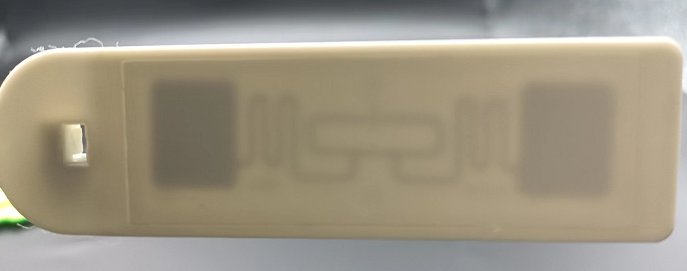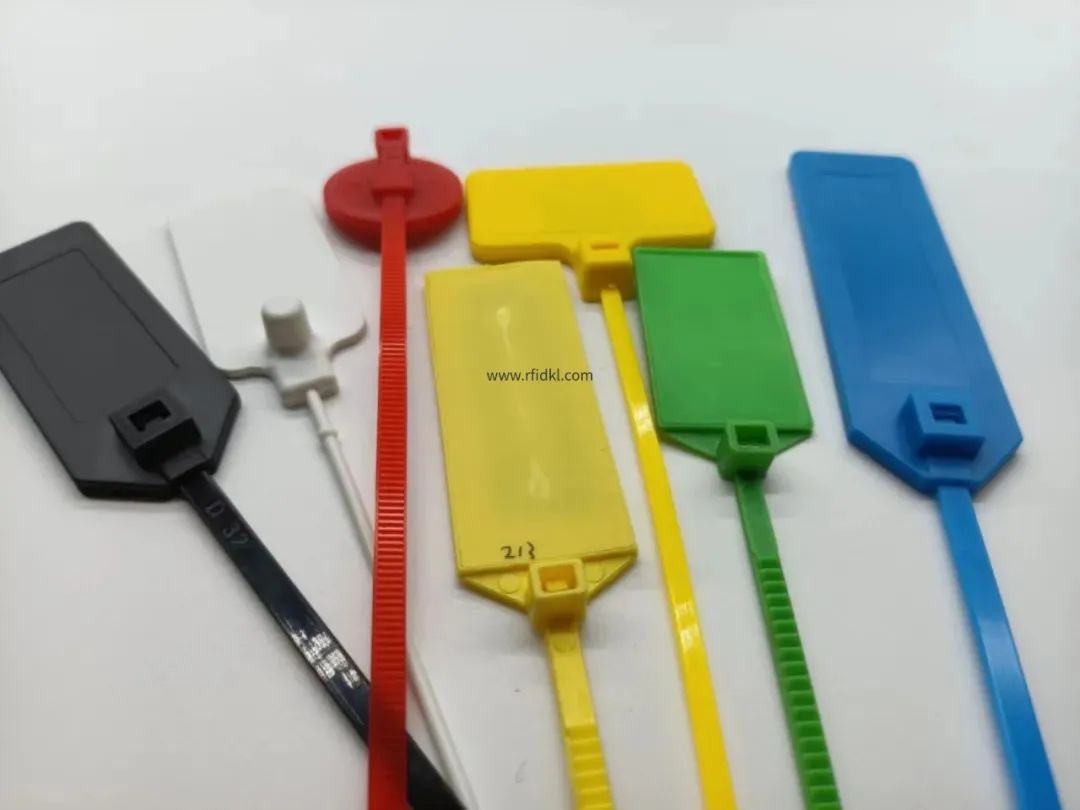
Cable ties are generally encapsulated with PP + nylon materials, which have excellent characteristics such as easy installation, waterproof, and high temperature resistance, and PP materials have the characteristics of flexibility than conventional plastic materials, which can better cope with outdoor operations.
Equipment asset management
The sneaker market has actually been very chaotic, a large number of fakes are full of them, and foreign media have done a statistic: in online shopping, 6 pairs of every 7 pairs of Nike are fakes.
That is, the sneaker genuine party has not solved the problem from the root, and only by fundamentally eliminating counterfeiters to imitate can we protect the rights and interests of consumers and the brand image of the business.

How does Nike achieve anti-counterfeiting through RFID technology?
First of all, the counterfeiter to get an anti-theft card that looks exactly the same is actually very easy, as long as the mold is good, it can be copied in large quantities, but if the label of the RFID chip is embedded in the anti-theft brand, it is not the same, and it is useless to make a brand that looks exactly the same, because RFID can be set to prevent itself from being copied and cloned by others, and can only be read, not tampered with.
The following is a brief description of how RFID is anti-counterfeiting
First, each RFID chip has a high threshold for production, each RFID chip has a global unique UID, and counterfeiters cannot obtain chips corresponding to UIDs.
Second, it is also possible to write the information of each link of the product to the RFID chip for storage, which can complete the traceability of the product.
Third, RFID can be made into a cable tag, so that the cable tie can only be used after it is cut, and counterfeiters cannot recycle it.
Fourth, the ciphertext is obtained using asymmetric encryption algorithms, which are irreversible, and even if the counterfeiter obtains the unique ID in the world, it will not be able to crack the ciphertext.
Fifth, especially the branch of RFID technology, NFC technology, has added some of its own stronger characteristics on the basis of RFID. 7 bytes of unique UID, from the factory factory is burned, can not be changed, guaranteed ID number is unique, data is written after the completion of the burn, anyone (including the developer itself) can not change, can only read, unauthorized, can not write operations, 32-bit key protection to prevent cracking, and set the key brute force attack failure number setting function. Assuming that it is set 3 times, the chip is scrapped after the cracker fails to try 3 cracks.
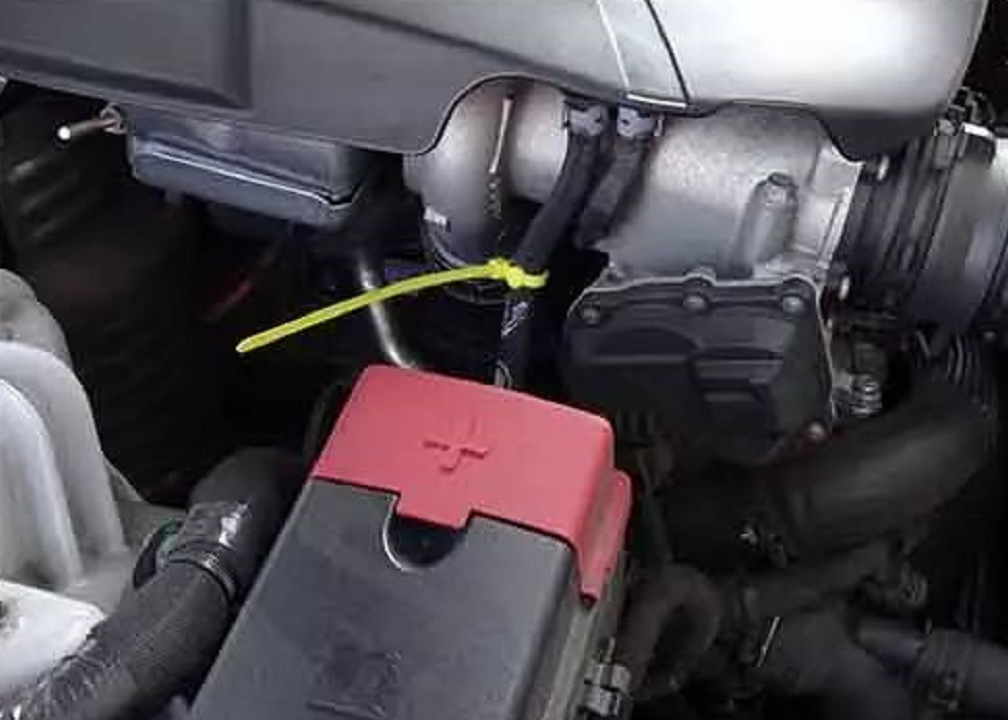
RFID asset management technology is a label management of the fixed assets of the unit, in the actual management of many environments are not suitable for ordinary electronic tags, such as metal interference factors of the environment, such as harsh outdoor environment, such as products with complex conditions of use, etc., then the cable tag will highlight his value.
The cable ties themselves have fixed basic functions, and together with the wearing of labels, they are very suitable for logistics tracking, food traceability, asset management and other fields.

Container management, pallet management, cable ties go with the container, fixed on the asset, wear-resistant, anti-transfer
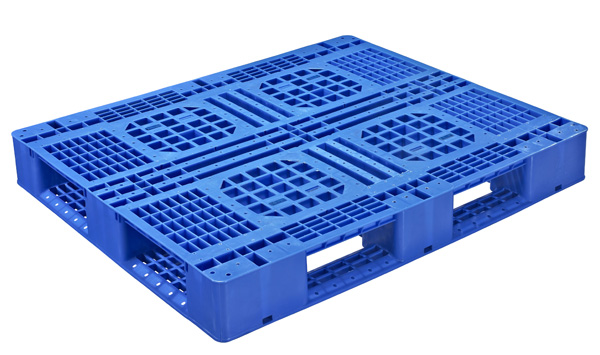
Style display
Low-frequency chip characteristics
Frequency: 125KHz
Characteristic:
One: Close range (1-5cm), reader reading
Two: Unique code (card number)
Representative chips: TK4100, EM4305, Hitag2, etc
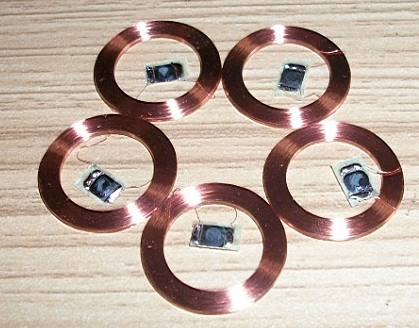
High-frequency chip characteristics
Frequency: 13.56MHz
Characteristic:
One:Close range (1-5cm)
Two:Can be read by mobile phone (NFC function display URL)
Three: Globally unique code.
Representative chips: F08, NFC213/215/216, etc
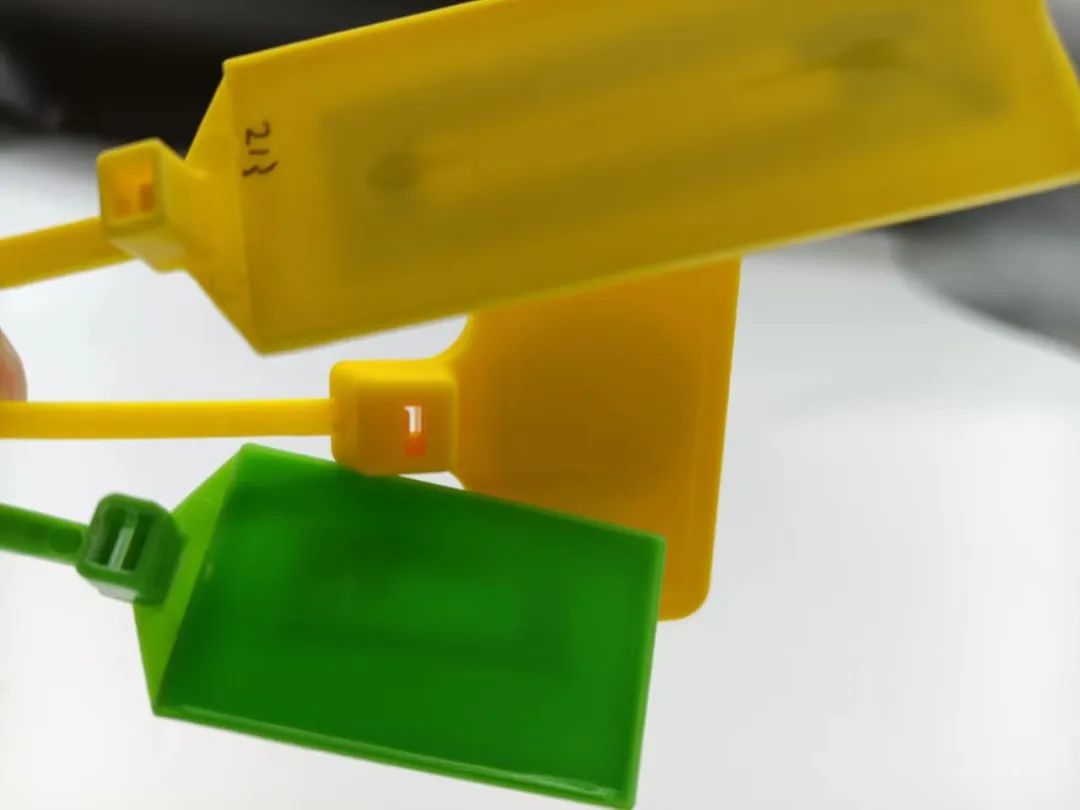
UHF chip characteristics
Frequency: 915MHz
Characteristic:
One:Long-distance scanning (0.5-10M)
Two:Multiple units can be scanned at the same time (large-scale scanning)
Three: Globally unique code.
Representative chips: U7, U8, H9, Mr6p, etc
